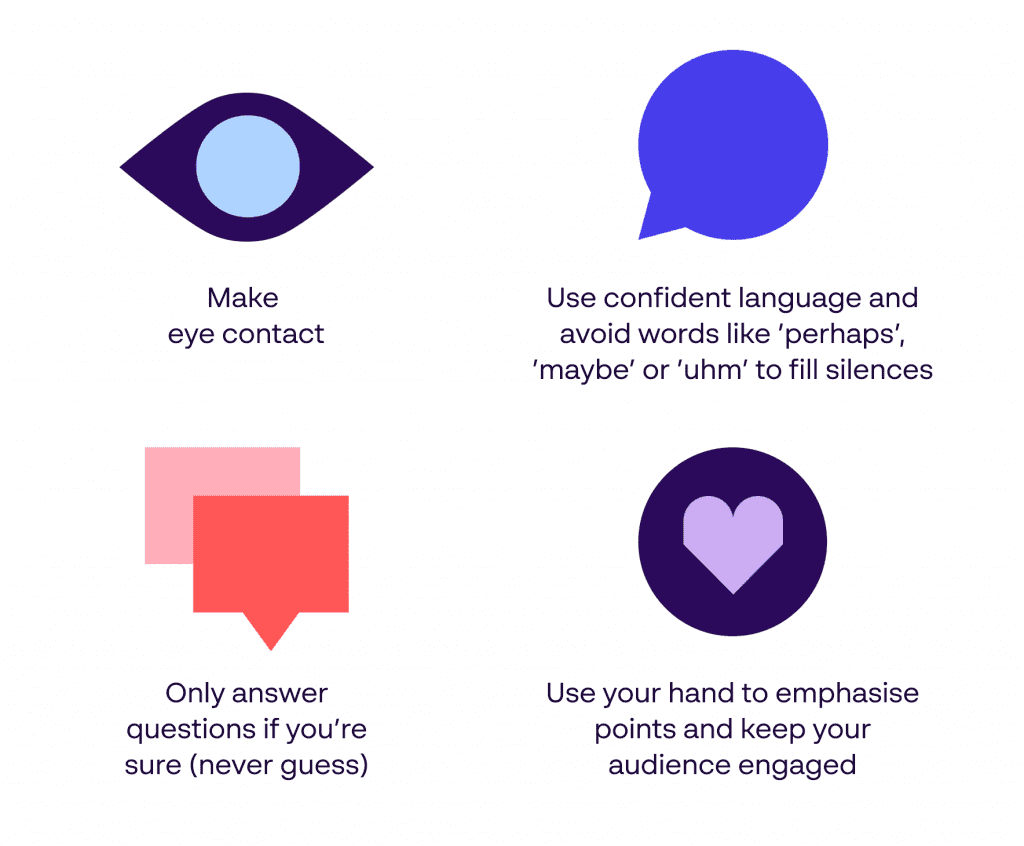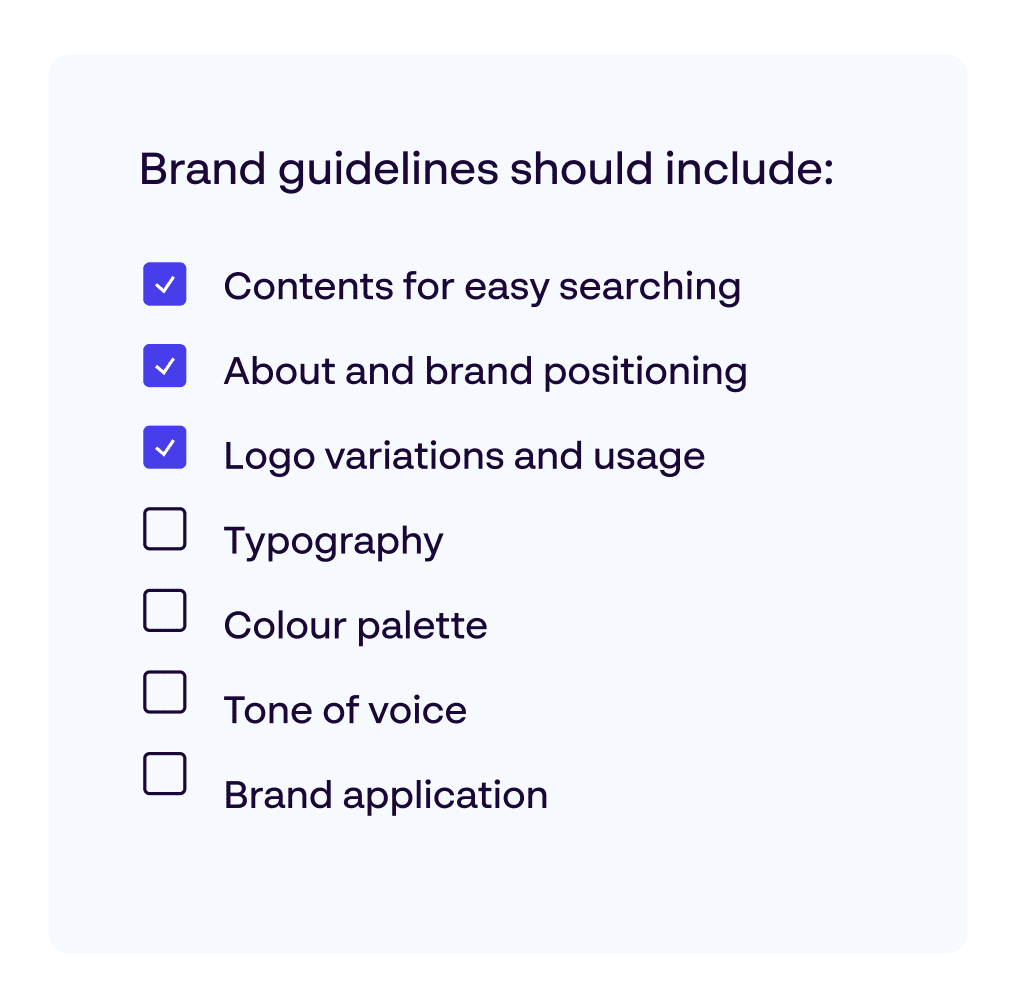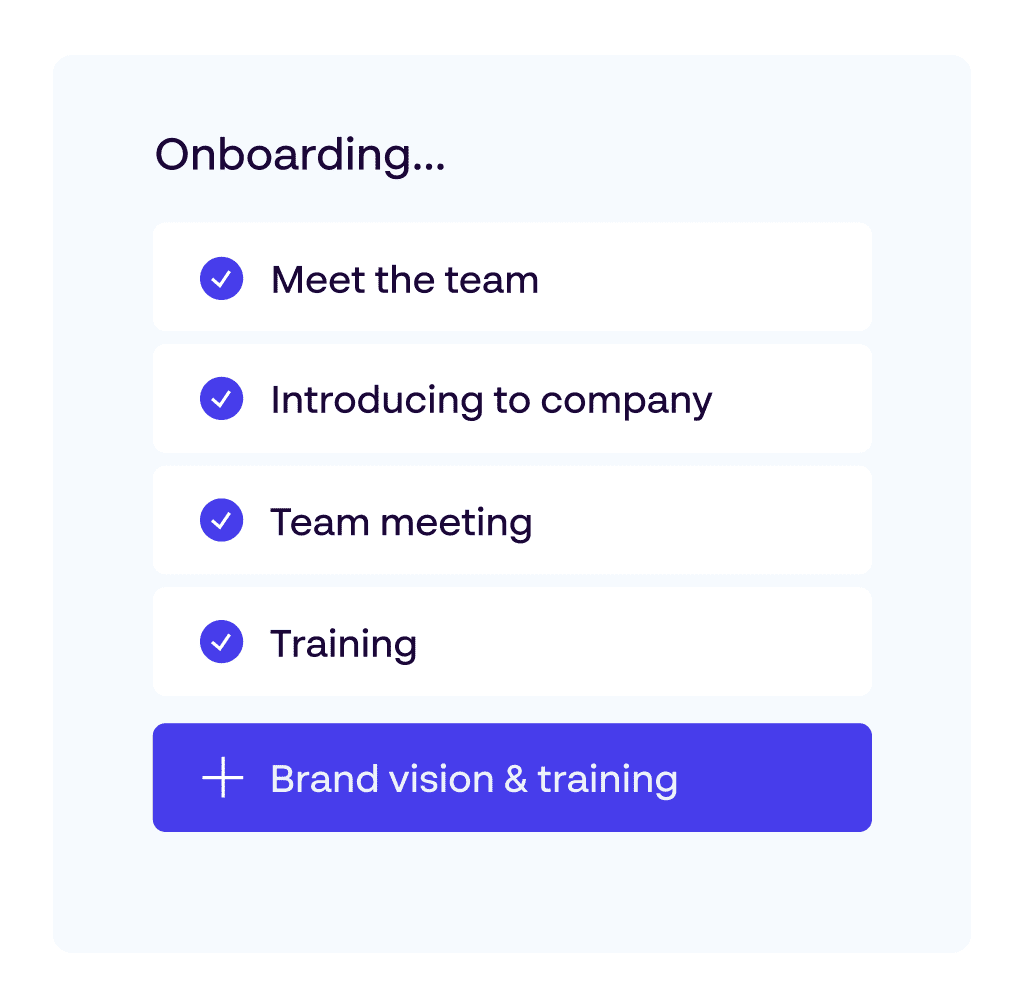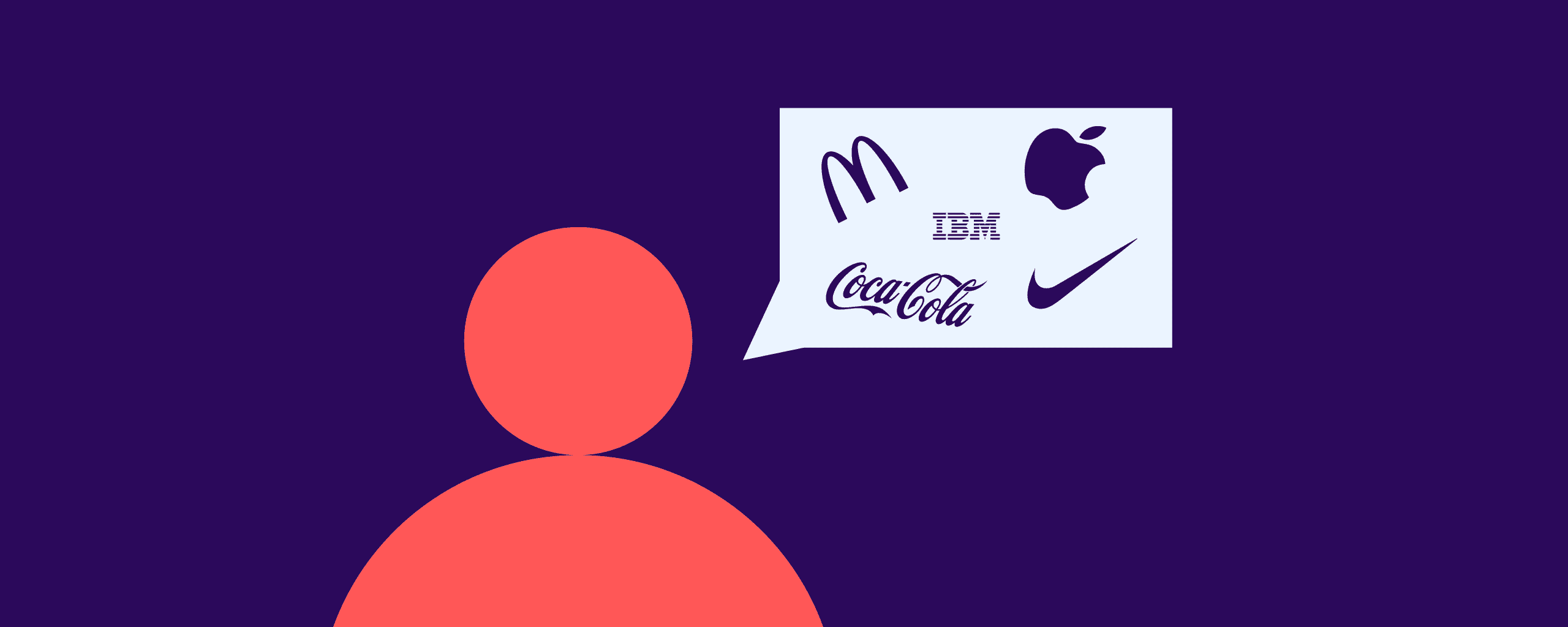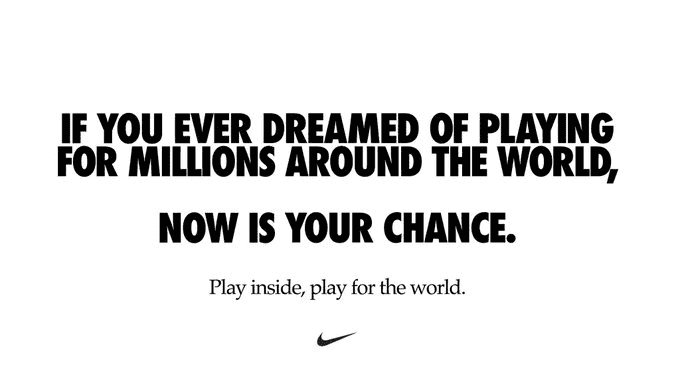Many brands and businesses have long championed Corporate Social Responsibility (CSR) as part of their organisation’s everyday practices and policies. But how we view CSR has changed.
CSR is less of an obligation that companies need to fulfil and is now something that’s totally intertwined with every aspect of what they do.
As part of your CSR strategy, you may traditionally have explored these strands.
So what’s changed in the world of CSR and what do brands need to do to make sure they don’t fall behind?
The fundamentals of CSR remain the same, but in isolation it’s no longer strong enough to hold a business accountable, or suggest they are following through with their plans. We now need to make sure that we have CSR and Environmental, Social and Governance (ESG) strategies that work hand-in-hand with one another.
CSR is about telling the world and communicating to your employees your commitments and what you aim to do to have a more positive influence on the world. ESG is committing to measurable goals and ensuring that the policies you outline in your CSR strategy are met.
For example, if part of your CSR policy is to become a more sustainable and environmentally-friendly company, your ESG may include an overhaul of packaging, rules around internal printing, increasing the use of recycled materials or efforts to help save wildlife.
5 basic steps in CSR companies should be taking
#1 Readdressing company culture and values
Your code of ethics and core values may have shifted over the last couple of years. If you’ve already played catch up, well done. If you’re still realigning internally, ensure the outcome results in an easy, digitally accessible way for employees to understand your commitment to social and environmental responsibilities. You might also like to consider involving employees of varying seniority to feedback on your initial realignment strategy before sharing it with the wider team.
You may choose to create a separate piece of communication for stakeholders. Additionally, it’s worth reviewing any outward-facing communication (such as a dedicated CSR page on your website) to ensure that the message you are projecting into the world is an accurate one.
Don’t over-promise or commit. Set realistic expectations because as soon as it’s in writing, your brand can and will be held accountable.
How does this affect your marketing?
Your values will need to be present across your brand and in almost every piece of marketing material that’s produced – even in some small way. Whether it’s the person creating it truly understanding your values and ethics at a fundamental level before creation, or a message that you convey – people are more interested in the standards that brands hold for themselves than ever before.
#2 Make health and safety in the workplace a priority
There has been a greater emphasis placed on employee wellbeing in the last 5–10 years. While a supportive culture will help to support them mentally, physical wellbeing should also be a key focus.
If someone feels they are unable to complete their job safely, it will affect all aspects of their wellbeing and the workplace. Having policies in place that can be freely viewed and accessed will put employees at ease. Third-party vendors, manufacturers, suppliers and distributors should also hold a high standard of safe working practices.
How does this affect your marketing?
While the ultimate benefit of a health and safety strand to your CSR is to protect those who work for you, when it isn’t done correctly it could have implications for your reputation and your marketing efforts.
When a company is seen to compromise the safety and wellbeing of workers, your marketing efforts become futile. Whether or not you were directly aware of lack of care isn’t relevant, health and safety must always be a priority.
It’s not something that needs to be shouted about in external communications, as it should be something that is totally ingrained into the way the business operates. However, being transparent about positive manufacturing or working policies via social media can help build tighter relationships with your customers and audiences.
#3 Outline goals for reducing environmental impact
These will be top line commitments, ideas and outline plans that will communicate internally and externally how your brand is helping the environment.
Your commitments are usually broad in this context, and on a basic level, could look something like this:
- Reducing energy consumption by 30% over the next year
- Moving to renewable sources of energy within the next year
- Creating partnerships with sustainable suppliers immediately
- Investing in green technology, research and development over the next 5 years
As you can see from the above, it’s important to put some kind of timeline against each commitment, so that when implementing your ESG, there are goals to work towards.
How does this affect your marketing?
Your messaging and how your brand is perceived will need to be aligned with your environmental intentions. For example, a brand collaboration wouldn’t be proposed if it didn’t meet the sustainability rules your company needs partners to abide by. Or the imagery used in certain campaigns might reflect your green ambitions.
Ensuring that your environmental policy and standpoint is known by your marketing team is so important. One wrong step and your brand could contradict itself.
#4 Introduce active efforts to increase diversity across the board
When talking about diversity in the past, many people tend to reference employees in the workplace or the types of people represented in campaigns. While these are both incredibly important and absolutely central to this step, your brand must go even further.
Where possible, your brand should be working with diverse suppliers and communities. Whether it’s giving back, showing your support, or working together in new ways, diversity extends beyond who you hire and work with on campaigns.
How does this affect your marketing?
Giving a voice to different people across your business is important. Whether that’s internally during meetings, or campaigns you put out into the world. Diversity in hiring, suppliers and communities should be a natural strand of your marketing efforts, not one that’s forced or unnatural.
#5 Priorities feedback
There’s a misconception that the CSR strategy should be set by those who sit at the top. While this is often the case, some of the strongest insights and ideas can sometimes come from unlikely places.
Start by having conversations with employees, customers, suppliers, about what they would like to see and what more they believe your brand should be doing.
How does this affect your marketing?
No matter how you communicate with customers, there will always be feedback, whether verbally, on social media, or through customer service teams. Ensuring your customer service, sales and social teams have specific instruction on what they should be reporting back will help you gain on-the-ground insights into what your brand could be doing better.
7 steps for ESG success
#1 Complete a materiality assessment
This is an opportunity to speak to stakeholders to prioritise big issues in your industry, and what can be done within the ESG landscape to help alleviate these problems.
#2 Take a baseline of where your brand/company is
Using the information gathered in the materiality assessment, speak to different stakeholders, global heads and departments on the specific efforts that are currently taking place in relation to your priorities.
#3 Decide on exact goals
Once you know where your company stands in terms of ESG efforts, a discussion can be had on areas to improve, refine or maintain. Set your strategic goals, ensuring to complete a feasibility assessment (or at least a lengthy discussion), to verify that these goals are realistic.
#4 Check for gaps and barriers
Will these goals make a real difference? Is there scope to do more? Conducting a gap analysis on your plans can help you see whether other areas of the business can be optimised. Identify barriers to success early on, and ensure you assign an individual to clear these.
#5 Create a roadmap
This is where you take your goals and create a detailed roadmap for each of them. Barriers will have been identified at this point, so any additional steps can be added at this stage. Timelines, who is accountable, expected outcomes and results can be assigned at this stage.
#6 Determine KPIs and make them known across the business
Your ESG goals need to be implemented beyond your roadmap in order for you to actually make progress. Any associated policies, procedures, communication, training or procurement can now get underway.
The exact numbers, improvements or changes that need to happen should now be defined and communicated to the appropriate people, ensuring there’s a centralised way to access progress and reporting for both employees, stakeholders and externally.
#7 Ongoing progress updates
Without these final steps, your efforts up until this point are futile. Set a consistent schedule and method of reporting, implementing an easy way to collect data. This may be over email, spreadsheets, physical meetings and presentations or a dedicated dashboard.
Ongoing ESG reports should contain:
- At which stage of the roadmap you are at
- Which actions have been taken
- How successful they have been
- What has been learnt/what improvements need to be made
- Any actions/follow-up that needs to take place
Managing CSR and ESG policies internally
With strategies such as this, they touch almost every level of employee to some degree. They all also act as key drivers in various aspects of campaign development, creation, strategy and brand management.
While the steps for CSR and ESG we’ve outlined in this article will take time, they will help to ground the foundation of your company and the good that it’s putting out into the world. It will help your brand be perceived positively by customers and employees alike, help you hire and could even help to make it more profitable.
Creating a centralised home for your education documents, while simultaneously ensuring that messaging and brand elements are all aligned sounds like a big challenge – and it is, without the right tools.
BAM by Papirfly™ is an all-in-one brand activation management platform. Over 200 world-leading brands and 500,000 active users harness its power to manage their brand at a local and global level.
Not only can you create an infinite amount of on-brand assets without experience – digital, print, social, video and more – it’s also the central home for brand education. It’s a single source of truth for what employees, marketers and more worldwide need to know, what to say and how to work towards a common goal.
Find out more or book your demo today.


